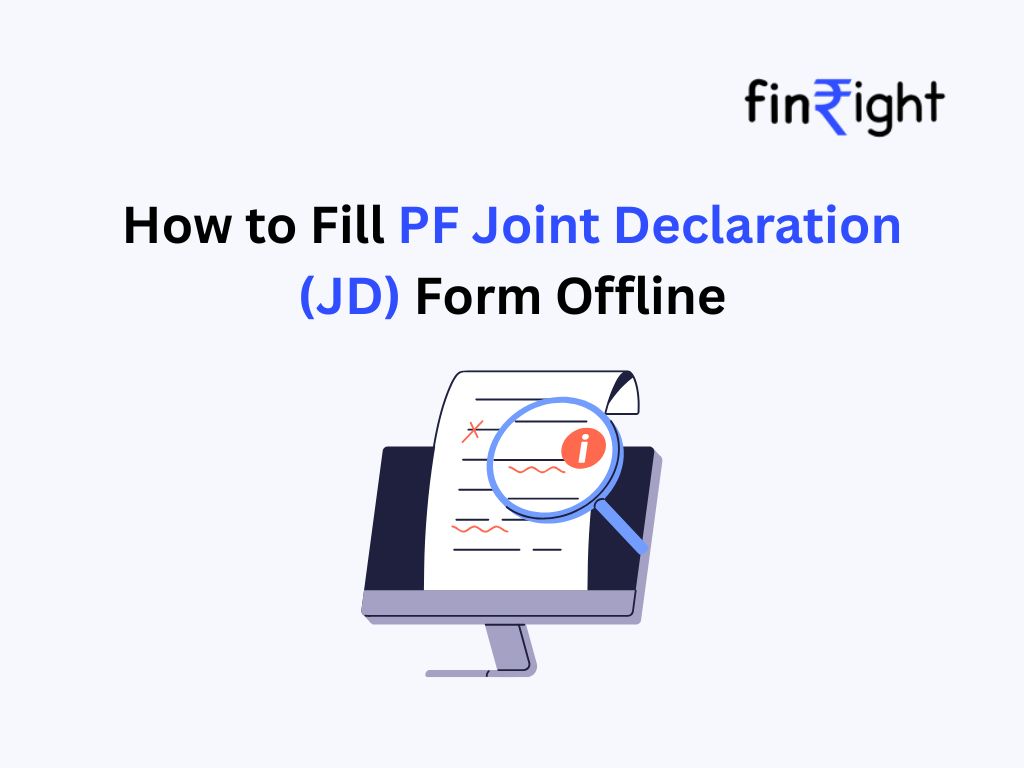Whether you’re a seasoned employee or just starting your career, understanding PF is crucial for financial planning and security. In this article, we’ll delve into the intricacies of PF, answering common questions and shedding light on its various aspects.From the significance of Universal Account Number (UAN) to the tax implications of PF withdrawals, we’ll cover it all. So, whether you’re wondering about the benefits of UAN, the taxability of PF, or simply how to check your PF balance, you’re in the right place.
Q1. What is UAN?
UAN stands for Universal Account Number. It’s a 12-digit unique identifier assigned to each employee contributing to the Employees’ Provident Fund (EPFO) in India. Unlike previous member IDs that changed with every job, UAN remains constant throughout your working life.
Here’s a breakdown of the benefits of UAN:
- Portability: Your UAN stays with you even when you switch jobs. This eliminates the need to manage multiple PF accounts.
- Consolidated View: You can link all your member IDs from different employers to your UAN. This provides a single platform to track your EPF contributions and balance.
- Simplified Account Management: UAN simplifies various EPF related activities like checking balance, transferring funds, and claim processing.
Q2. Can Provident Fund be withdrawn during employment?
EPFO does not allow full withdrawal of PF amount during employment. However, an employee can avail partial withdrawal for higher education, medical emergencies, marriage, repaying home loans, Purchase of House/flat, construction of House including the acquisition of the site, and purchasing equipment in case of specially-abled persons. For detailed information refer to this document by EPFO
Q3. Is Provident Fund Taxable?
No tax is required to be paid on the contribution amount and accumulated interest in case the accumulated balance in EPF is withdrawn after 5 years of continuous service.Refer to below flowchart for detailed explanation.
Q4. How Provident Fund is calculated on salary?
The provident fund is calculated as per the below rule.
- Employer contributes 12% which includes 3.67% EPF and 8.33% EPS.
- Aside from this Employer shall also make a 0.5% contribution towards EDLI.
- Employee’s contribution is 12%.
- Hence overall 24% is contributed towards provident funds.
The amount you get after retirement also includes interest which is also added to the principal. The current interest rate is 8.25% but it is subject to change year on year.
Q5. How to locate your nearby EPFO office
Go to this link. Select your state, District, Pin code and click submit. Once you click submit your EPFo office details will be displayed.
Q6. How to check my PF balance?
- Active UAN Members can check their latest PF contribution and balance available with EPFO by sending an SMS at 7738299899 from their registered mobile number. EPFOHO UAN to 7738299899.
- Give a missed call on mobile number – 9966044425
- By logging in to the EPFO portal by clicking here
Q7. What is Public Provident Fund scheme?
The Public Provident Fund (PPF) is a savings and investment scheme offered by the Indian government to help people build a secure financial future. It’s a long-term option (15 years) that balances good returns with low risk.
Here are some key features of PPF:
- Safe and Guaranteed Returns: PPF returns are determined by the government and are not linked to the market, making it a low-risk investment.
- Tax Benefits: Investments in PPF qualify for tax deductions under Section 80C of the Income Tax Act. Additionally, the interest earned and the maturity amount are also tax-free.
- Long-Term Investment: The PPF account matures in 15 years, though you can extend the maturity period in blocks of 5 years.
- Regular Deposits: You can contribute a minimum of Rs.500 and a maximum of Rs.1.5 lakh per year.





